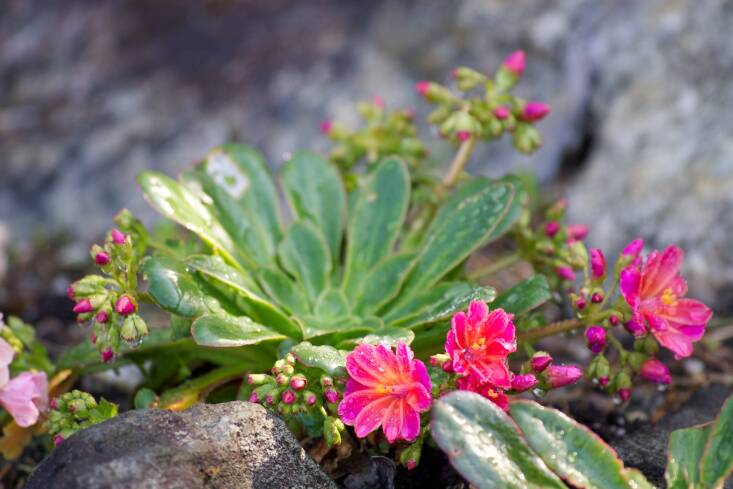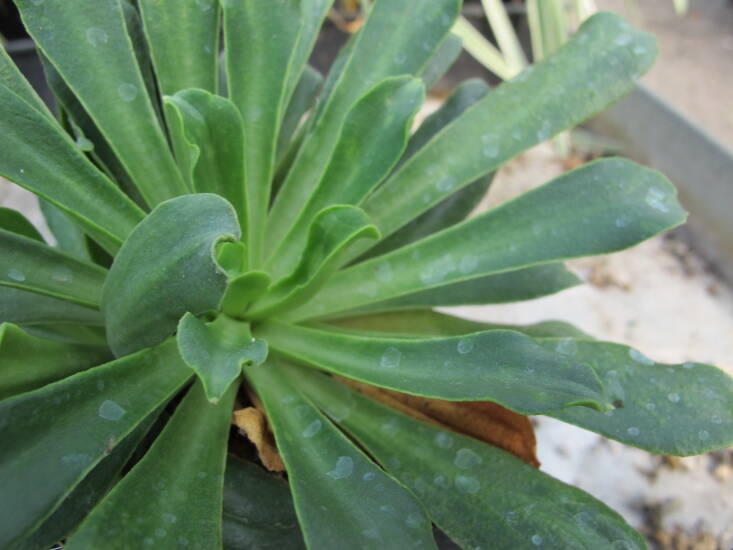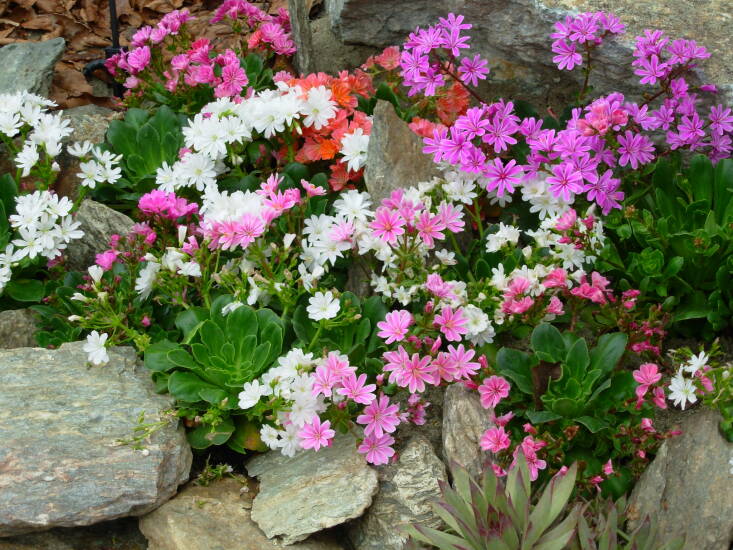Cliff Maids, Lewisia cotyledon
Fulfill my brand-new plant crush, Lewisia. Remarkably, it wasn’t like at very first sight. I ‘d glazed over this evergreen seasonal at garden shops most likely a million times due to the fact that it wasn’t blooming, and my ideas were constantly, I have no genuine interest in this small, fleshy thing However had I initially seen it in flower in a garden, reaching its complete capacity and not stunted in a restricting four-inch container, then I would have certainly been an early groupie. Likewise, I’m relatively specific I wasn’t conscious this was a California local. Since if I had actually understood, then I would’ve resembled, I like plants that are California native, like me.
Here’s why I’m a Lewisia transform.

Let’s begin with the honors. Lewisia (likewise called cliff house maids) won the distinguished Award of Garden Benefit of the Royal Horticultural Society. Not too shoddy. It’s simple to see why it amassed attention. This low-maintenance evergreen seasonal becomes an outstanding rosette of succulent-like dark green fleshy leaves that are formed like long spoons. However as I discussed, it’s not the foliage that resulted in my change of mind. The captivating function are the sprays of the most lovely funnel-shaped flowers. Opening to about one inch throughout on tough six-inch stems, the flowers begin their program in the late spring and continue through summer season, or later on if pleased. Varying from pale pink, yellow, to white, salmon or magenta, the fragile petals ask for a better assessment of its respectful detailing and creative shading in between shades.

Coming From Southern Oregon and Northern California, this sweet however sturdy plant is called after the explorer Meriwether Lewis, who initially found its close relative Lewisia redevia while on the famous Lewis and Clark Exploration. Rather little and reaching just 8 to 10 inches high, this plant ultimately becomes a remarkably lovely arrangement that’s discovered on rocky cliffs in high elevations. Its strong root structure and deep tap root assists it hold on to a rugged surface. You can assist this plant prosper in your garden by attempting to recreate its natural surroundings. This suggests planting it in really quick draining pipes soil and ideally grown sideways, tucked into a rocky wall so that any excess water will recede from the crown.
Related: My crafty partner developed a green roofing system for our little complimentary library. I filled the “planter” with quick draining pipes succulent soil and included a six-pack of Lewisia. Since of the pitch of the roofing system, these cuties wound up being planted on an angle, like their native environment. I likewise included some Sedum ‘Blue Spruce’ and ‘Cape Blanco’ to the mix. After a couple of days, the Lewisia began flowering like insane, beckoning and inviting curious readers to the library.
Cheat Sheet

- So charming and looking right in your home in rock gardens, crevice gardens, green roofing systems, and containers.
- Not surprisingly draws in butterflies and other pollinators.
- Cut the flowers and contribute to small flower plans.
- Terrific buddy plants consist of: Campanulas, Sedums, and fellow California native Dudleyas
Keep It Alive

- Plant these cuties completely sun near the coast or part sun inland where summertimes are hot.
- Chooses somewhat acidic sandy soil that is really well-draining. I have actually mine planted in succulent soil.
- Plant them high in the soil to keep the crown dry.
- Lewisia is not a thirsty plant and is dry spell tolerant as soon as developed. Safeguard from extremely damp winter seasons if possible.
- Values a leading dressing of granite to mimic its native rocky house.
- Prune away invested flowers to lengthen flowering.
See likewise:
( Checked out 1 times, 1 sees today)